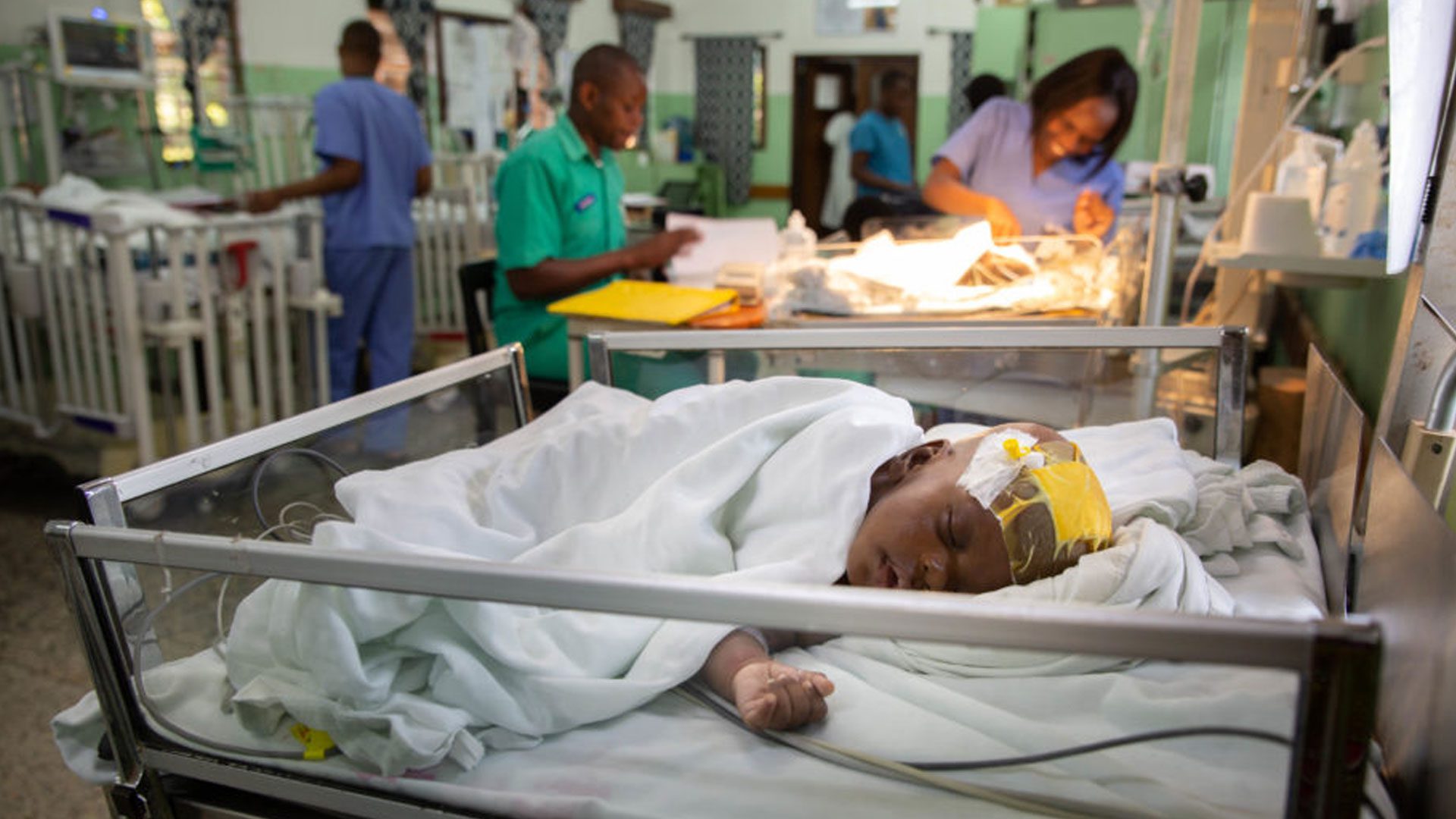Five-year survival and outcome of treatment for postinfectious hydrocephalus in Ugandan infants
Abstract:
Object: Neonatal infection is the most common cause of infant hydrocephalus in Uganda. Postinfectious hydrocephalus (PIH) is often accompanied by primary brain injury from the original infection. Since 2001, ETV (with or without choroid plexus cauterization) has been our primary treatment for PIH. The long-term outcome in these children is unknown.
Methods: We studied the 5-year outcome in a cohort of 149 infants treated for PIH from 2001 to 2005 and who lived in 4 districts close to the hospital. Survival analysis was performed using the Kaplan-Meier method. Statistical significance was determined using the Fisher, Breslow, and log-rank tests.
Results: The patients’ mean age at presentation was 9.5 months (median 3.0 months). Eighty-four patients (56.4%) were successfully treated without a shunt. Operative mortality was 1.2% for ETV and 4.4% for shunt placement (p = 0.3). Five-year survival was 72.8% in the non–shunt-treated group and 67.6% in the shunt-treated group, with no difference in survival (log rank p = 0.43, Breslow p = 0.46). Of 43 survivors assessed at 5–11 years, those with shunts had significantly worse functional outcomes (p = 0.003–0.035), probably reflecting treatment selection bias since those with the worst sequelae of ventriculitis were more likely to be treated with shunt placement.
Conclusions: Nearly one-third of treated infants died within 5 years, and at least one-third of the survivors were severely disabled. There was no survival advantage for non–shunt-treated patients at 5 years. A randomized trial of endoscopic third ventriculostomy versus shunt placement for treating PIH may be indicated. Public health measures that prevent these infections are urgently needed.























